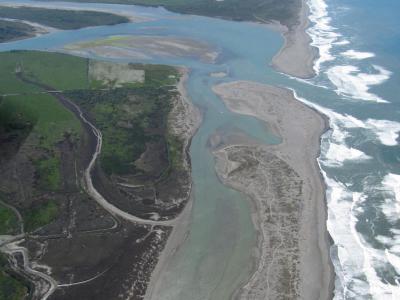Incised Stream Channels: Causes and Environmental Impacts, and Practical Restoration Solutions
Session Coordinators:
Thomas H. Leroy, Pacific Watershed Associates
John Green, Gold Ridge Resource Conservation District
Incised stream channels are something most environmental restorationists encounter on a frequent if not regular basis. They have been known to form in most geomorphic environments from relatively flat meadows to steep mountain streams. The environmental impacts from channel incision are as diverse as their causes but often they are observed as simplified channel geometry, disconnection of floodplains, and altered groundwater hydrology. For this session we are soliciting abstracts that address the causes, implications, and solutions to identified environmental impacts from incised channels. We are particularly interested in case studies that exhibit some of the challenges and successes related to identifying and mitigating causes of channel incision as well as site specific projects that provide other restoration practitioners with practical advice on identifying, characterizing, analyzing, and mitigating for the negative impacts of channel incision on their restoration project.
Stream Channel Incision and Coho Salmon Restoration in Coastal California
John Green, Project Manager, Gold Ridge Resource Conservation District
A Stream Evolution Model for Incised Stream Channels
Brian L. Cluer, NOAA Fisheries-West Coast Region
The Evolution and Restoration of Incised, Lower Order Stream Channels in Managed, Fish Bearing, Mountain Streams of North Coastal California
Thomas H. Leroy, Engineering Geologist, Pacific Watershed Associates
Morphologic Effects of Anthropocene Sediment Pulses on the South Fork Eel River of Northwestern California
Tim L. Bailey, Geology Department, Humboldt State University,
Using Biogenic Structures to Restore Complexity to Incised Streams
Michael M. Pollock, Ph.D., NOAA Fisheries-Northwest Fisheries Science Center
Addressing Channel Incision in the Mattole River Headwaters – It Takes a Valley
Sam Flanagan, Bureau of Land Management

